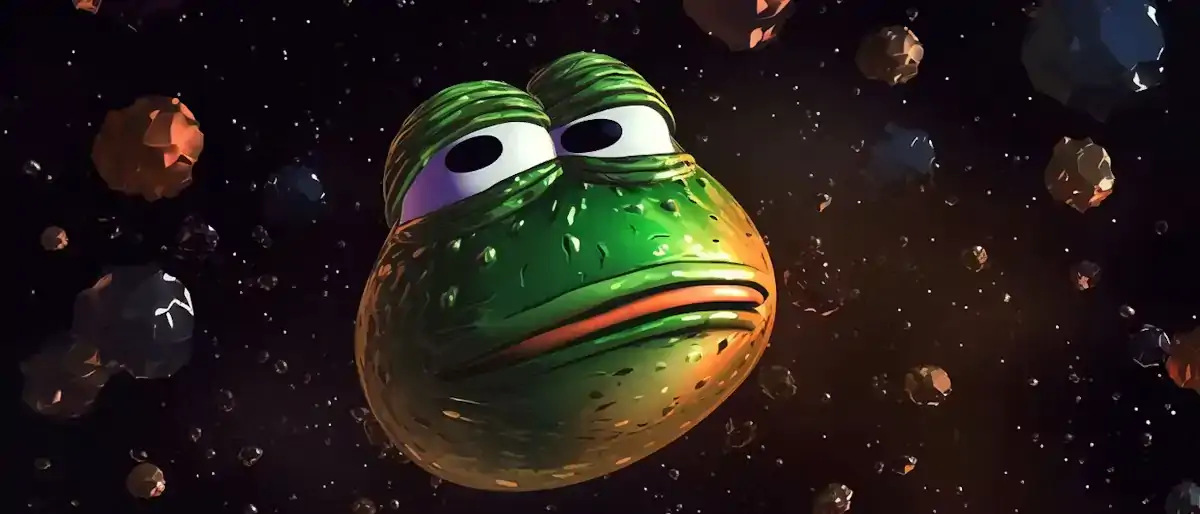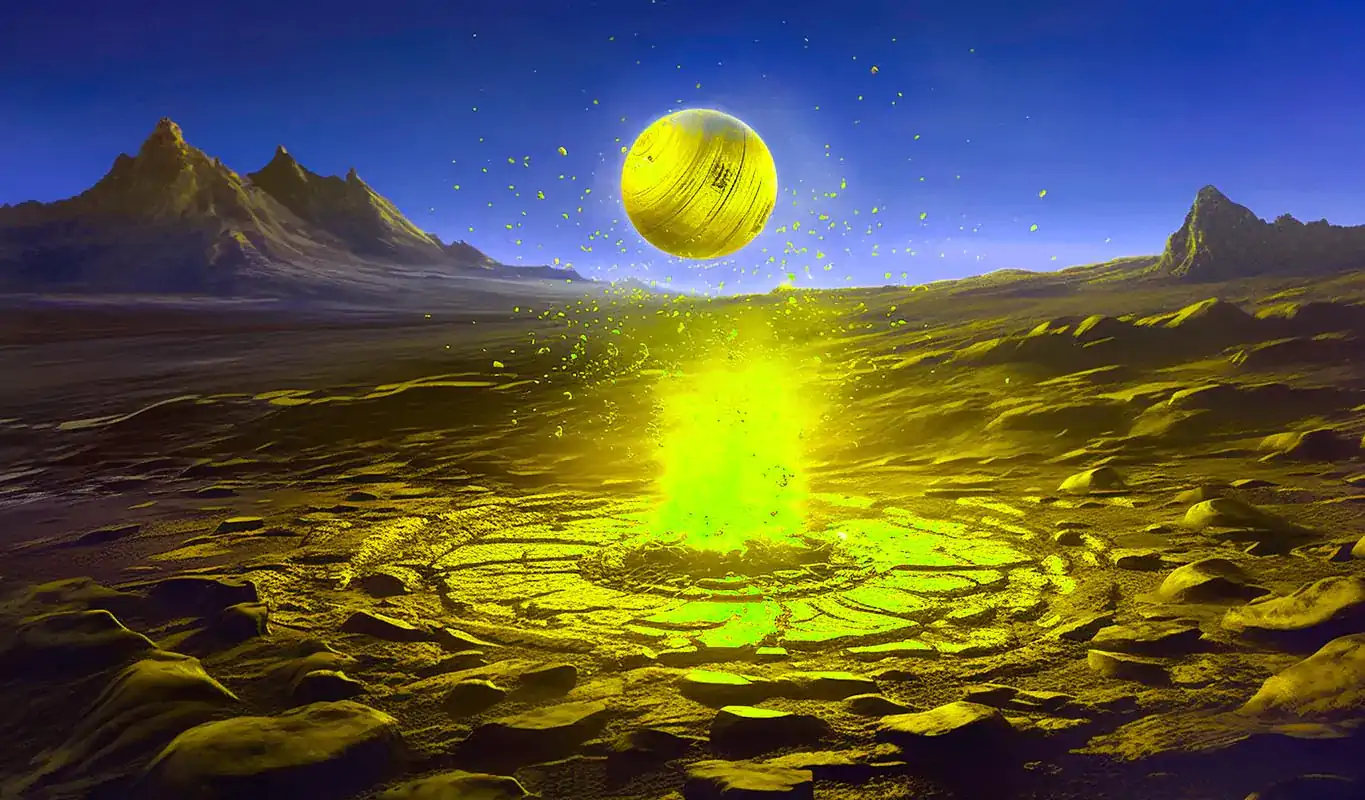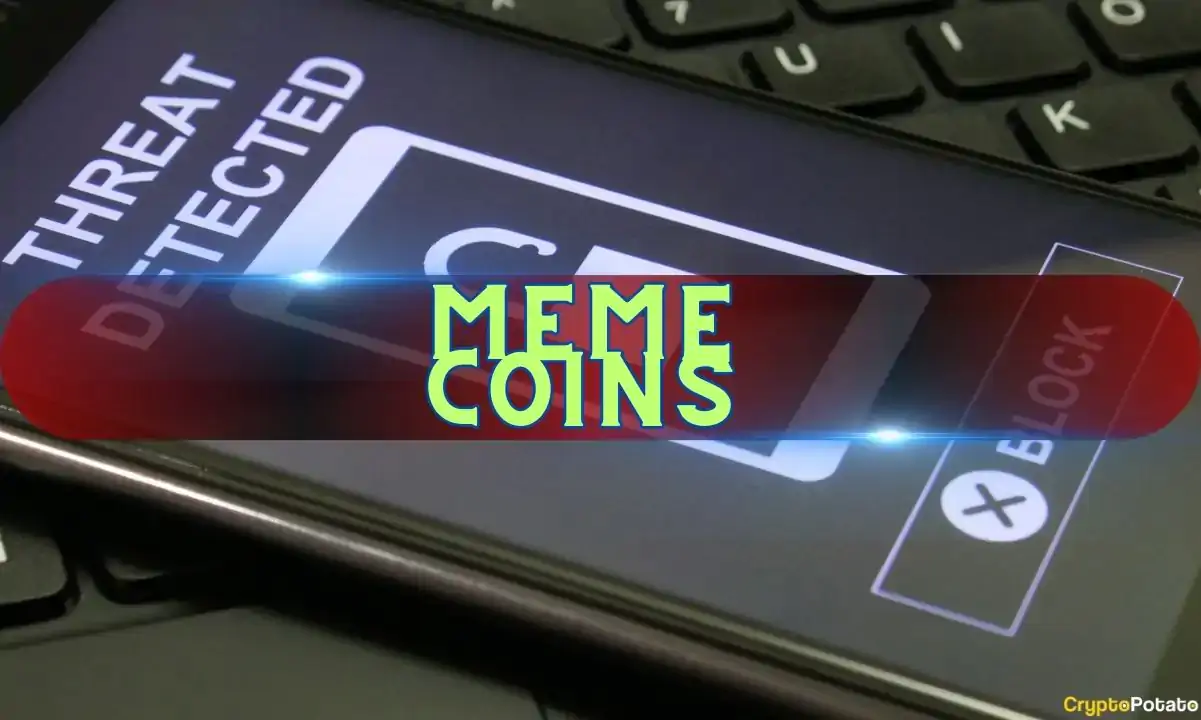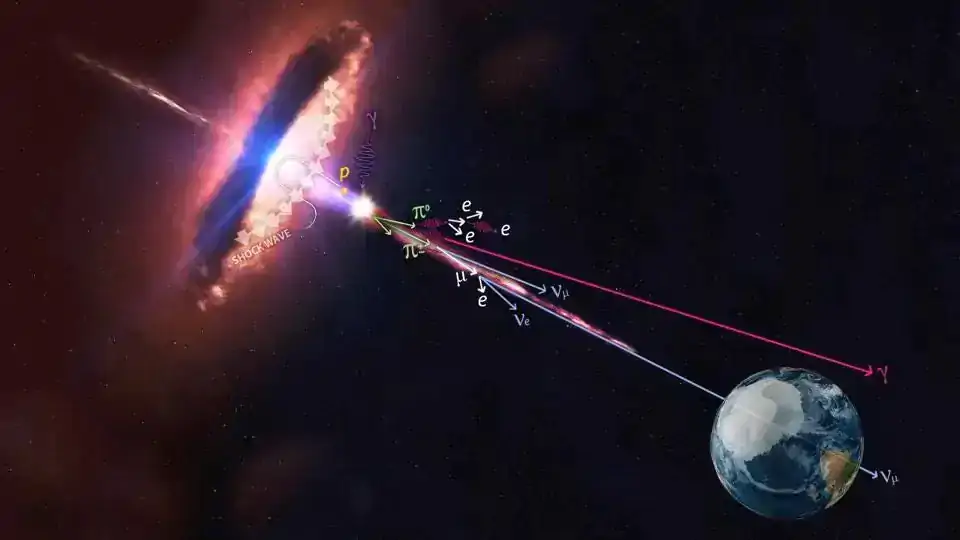Social Intelligence for Crypto, NFTs, and Stocks - there's more...
Too Long; Didn't Read
The BRC-20 token standard uses Bitcoin ordinal inscriptions to enable the minting and transfer of fungible tokens on the Bitcoin blockchain. At the time of this writing, there are 14,450 different tokens minted, with $206 million in 24-hour trading volume and a market cap of half a billion dollars.
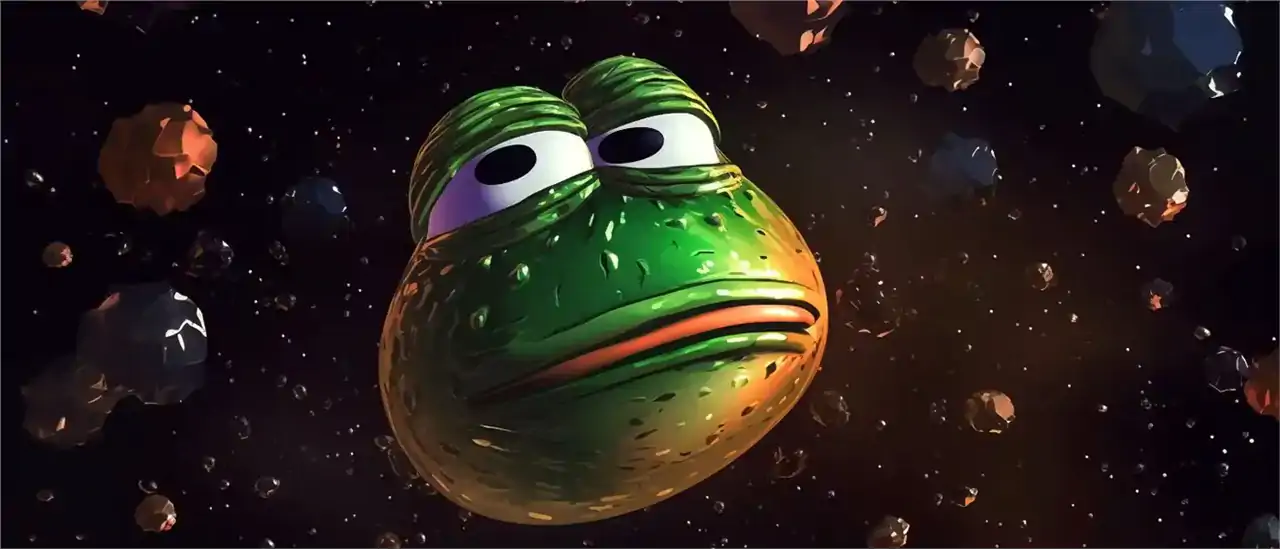

@lunarcrush
LunarCrushSocial Intelligence for Crypto, NFTs, and Stocks - there's more to markets than tr...



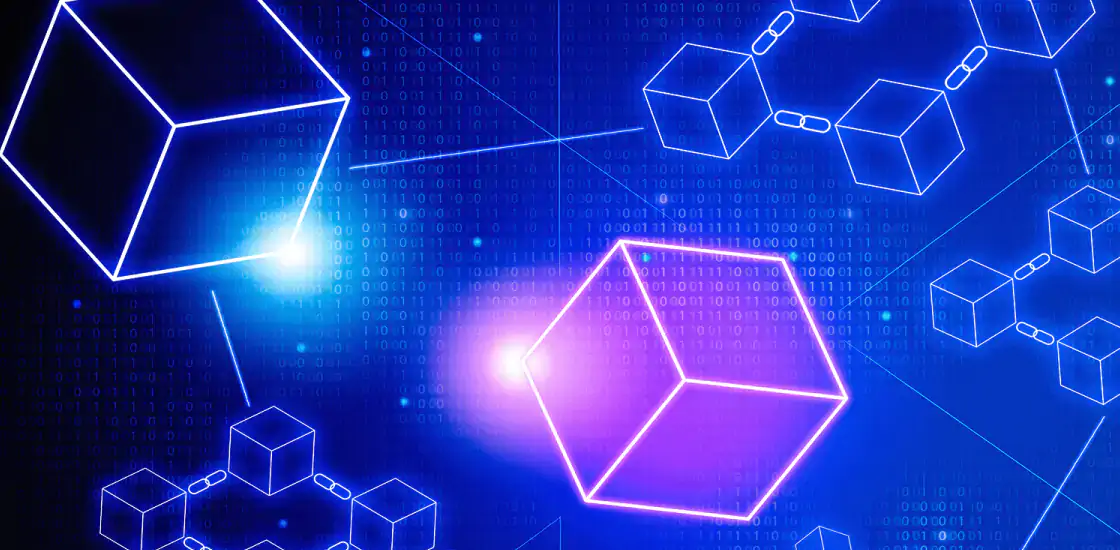

An exciting new phenomenon is breathing life into crypto markets — memecoins provisioned on the Bitcoin network. What started 2 months ago as an experimental token standard built on top of ordinal inscriptions has quickly become the next fad with over $200 million in daily trading volume and a total market cap exceeding $500m.
What are BRC20 tokens?
In short, the BRC-20 token standard uses Bitcoin
To provide a bit of mental scaffolding, the Bitcoin Ordinals protocol is a system for numbering satoshis (each bitcoin is composed of 100 million satoshis) by giving each satoshi a serial number and tracking them across transactions. Inscriptions are blobs of arbitrary data and associated metadata, of which the latter tells a Bitcoin node how to render said data (i.e. images, text). They run parallel to the Bitcoin network - much like smart contract tokens on the Ethereum blockchain. The two are used in conjunction to provision the BRC-20 token standard, which are
What does the market currently look like?
At the time of this writing, there are 14,450 different BRC-20 tokens minted, with $206 million in 24-hour trading volume, and a market cap of half a billion dollars - which is amazing given that any wallet or trading infrastructure is less than 2 months old, with much of the coins are still being traded on a peer-to-peer basis. Here are some of the recent tokens that have been driving this extraordinary rise, and some tokens that may continue to fuel the flames:
A few others include:
How to Buy, Store, and Trade them
There are two major ways that users can buy, store, or trade BRC-20 tokens. BRC-20 tokens can be bought and sold on centralized exchanges like BINANCE or Gate.
However in true crypto ethos/fashion, we recommend transacting with BRC-20 tokens in self custodial wallets. Here we will quickly run through how to create your own wallet, buy BRC-20 tokens, transfer them, and even mint and deploy them. Note that you will need an ordinals compatible wallet (taproot wallet) address to manage BRC-20 tokens - like Hiro, Unisat, or OrdinalsWallet wallets:
Hiro - Hiro wallets were originally developed for managing STX tokens, a smart contract protocol built on top of the Bitcoin blockchain. Navigate to
UniSat - UniSat gives users a complete BRC-20/Ordinals experience with both a wallet and a marketplace from which you can trade or buy BRC-20 tokens in a peer-to-peer exchange. Head over to
OrdinalsWallet - OrdinalsWallet was one of the first wallets created for supporting ordinal inscriptions, and allows users to store, send and receive Bitcoin Ordinal NFTs. It now allows you to transact BRC-20 tokens on their marketplace as well. Head over to
Final Thoughts
BRC-20 tokens give the Bitcoin network the potential to create more utility and bring more users into the space. It’s important to note, however, that BRC-20 tokens are still experimental and in the early stages of its development.
Besides the obvious novelty, the BRC20 token narrative has a few tailwinds. For one, some proponents are now increasingly viewing the Bitcoin network as a settlement platform— rather than simply a (financial) transactional network — where eventually all economic activity will end up inheriting the security properties of the bitcoin network. Some also argue that creating tokens on the Bitcoin network also allows the onboarding of a new cohort of users and degens, and by doing so giving miners another source of fee revenue, which can be used to offset decreasing network security budgets due to halving periods (i.e. after the Bitcoin halving in 2024, miner revenue can be sustained with fees from BRC20 transactions).
On the other hand, BRC-20 tokens have made the Bitcoin network into a victim of its own success, and
On the other side of the argument, ordinals and BRC-20 holders argue that Bitcoin can morph into a
Whether you view them as a creative expansion of utility or a potential threat to the Bitcoin network's core principles, it is hard to deny that BRC-20 tokens have been making massive inroads into the cryptoverse. Money talks and in the case of bitcoin memecoins, money has been talking to the tune of half a billion dollars and counting — so be sure to keep your ears to the ground for more developments in the world of BRC-20 tokens!
Author:
- Toby Fan, Web3 Strategist @ LunarCrush
- Twitter | LinkedIn
RELATED STORIES













 BlocksInform
BlocksInform
